“At the intersection of faith and life, we share God’s grace through worship, preaching, education, and ministries of healing, reconciliation, and justice.”
—Fourth Presbyterian Church Mission Statement, 1992
In April of 1985, the congregation voted to call John M. Buchanan as the tenth head pastor of Fourth Presbyterian Church. Buchanan had graduated from the University of Chicago Divinity School before serving a handful of congregations in the Midwest—including a decade-long tenure at the rapidly growing Broad Street Presbyterian Church in Columbus, Ohio—and the search committee identified him as the perfect candidate to achieve the ambitious growth the church had laid out in its “Plan for the Eighties.”
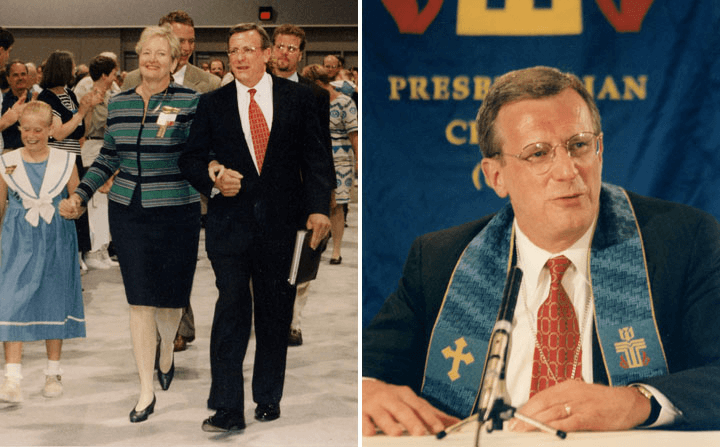
In 1996 Fourth Church Pastor John M. Buchanan (shown at left with wife Sue after the final balloting) was elected Moderator of the Presbyterian Church (USA) General Assembly, the highest elected position in the denomination. Fourth Church pastors John Timothy Stone (1913) and Harrison Ray Anderson (1951) had also been elected as moderators.
Capitalizing on the congregation’s desire to expand and grow, a second morning service was successfully added in 1986. Buchanan, though, soon found himself mired in controversy when he proposed a series of structural shifts to worship, including moving the sermon from the conclusion of worship (a “Puritan” style) to the middle of the service (following a “Reformed” pattern of worship) and adding elements such as a weekly Prayer of Confession. The move was initially met with some opposition, but over a period of time Buchanan was eventually able to convince the Session to make this needed change—along with other overdue changes, such as women serving as ushers.
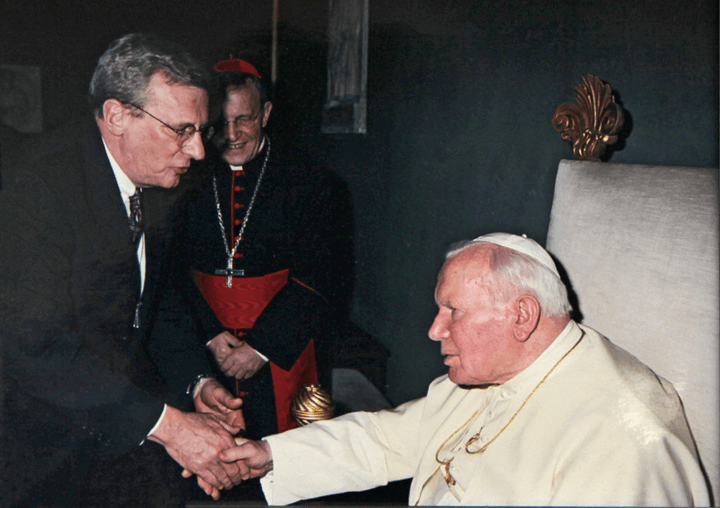
Moderator John Buchanan brings greetings from the PCUSA to Pope John Paul II at the Vatican.
Indeed, Buchanan often took the long view when it came to creating lasting change, a style that can be seen in his subtle but significant shifts with Fourth Church’s lay leadership and staff. Members of the church’s Session had typically held six-year terms (or longer) under Davies, Anderson, and Stone, with Deacons and Trustees holding similarly lengthy times. Buchanan, however, shortened these terms to three years, effectively creating opportunities for turnover and transformation within church boards. One of the many by-products of this was that by the mid-1990s membership of Session was evenly split between men and women—a mere two decades after Fourth Church had ordained its first female elder—thus enabling the Session to become more representative of the congregation as a whole.
On the staff side, the church would see a rapid expansion in the size of the pastoral team, growing from four assistant pastors at the end of Davies’ tenure to eight associate pastors by the end of the 1990s. This shift, though, wasn’t merely about quantity. Under Buchanan’s direction, associate pastors came to be responsible for specific areas of the church rather than serving as generalists. Shortly after Buchanan’s arrival, the church brought on Linda Loving to serve as the Associate Pastor for Evangelism, with subsequent associates called to desired areas of growth such as adult education, mission, and youth and young adults, with distinct areas of focus allowing for greater vitality and direction.
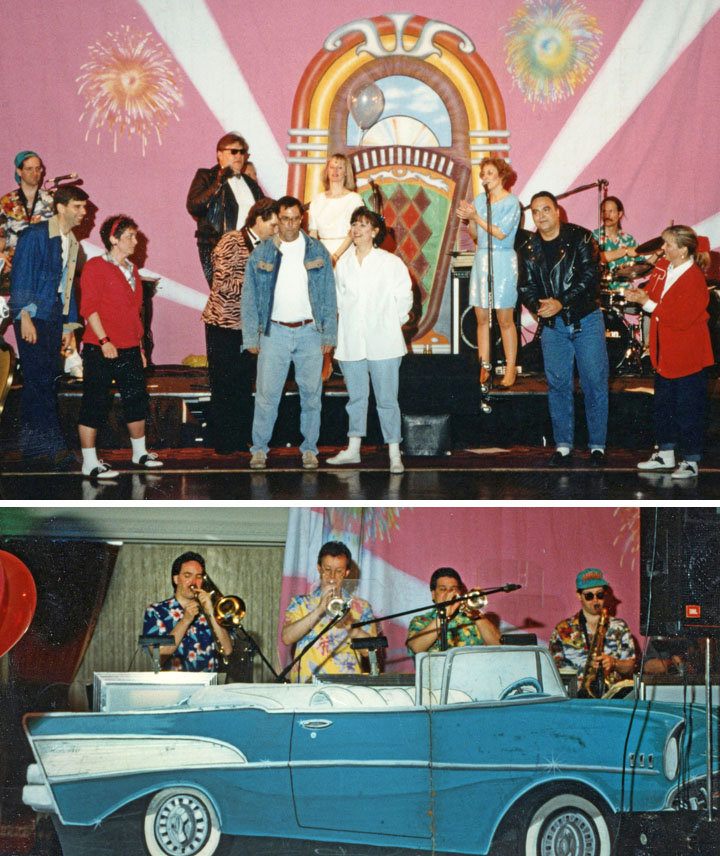
One Friday night in the early 1990s, what was then known as the Lorene Replogle Counseling Center held a 1950s-style sock hop as a fundraiser. The event was successful enough to be repeated the next year, and the next and the next, eventually transforming into what we now know as the annual Gala of Hope, the festive late-winter extravaganza that supports not only the Replogle Center for Counseling and Well-Being but also the life-changing work of Chicago Lights.
It was with this quickly growing staff that the church’s mission statement was born in 1992. Church member Allan Cox led a staff retreat dedicated to distilling the church’s mission and purpose into a succinct statement—repeatedly insisting it be seventy-five words maximum. The staff never quite whittled it down to seventy-five, but almost thirty years later the powerful seventy-eight-word mission statement beginning “We are a light in the city” continues to endure and inspire!
Sadly, just a few months after the mission statement had been formally adopted by the Session, the church would be called to put those words into action after the tragic murder of Dantrell Davis, a seven-year-old student in Cabrini-Green who was shot on October 13, 1992, while his mother was walking him to school.
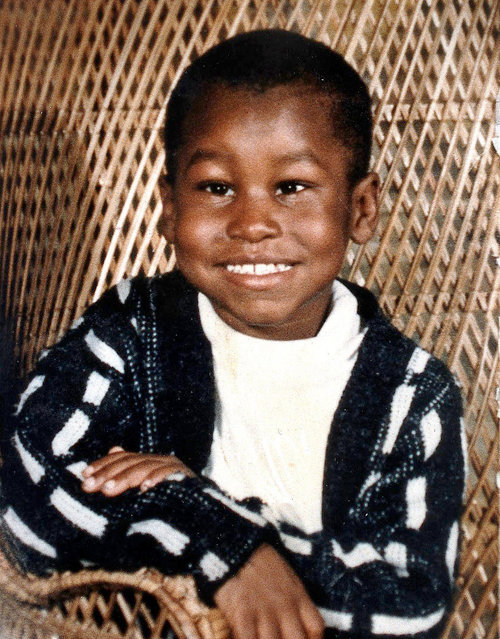
Dantrell Davis
Davis’s death rightly shocked and horrified the city, and a little over a week later Chicago Tribune columnist Bob Greene wrote an article entitled “Here’s Your Chance to Make a Difference,” highlighting Fourth Church’s Tutoring program as a way for Chicagoans to be involved in the lives of kids like Dantrell. Greene’s article led to the Tutoring program receiving 1,600 calls from prospective volunteers and saw 600 new volunteers join, helping the Tutoring program grow into the largest on the Near North Side.
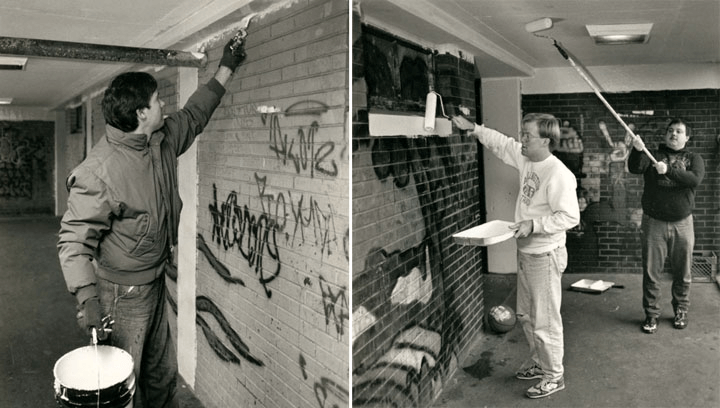
During the 1990s, Fourth Church’s outreach to residents of Cabrini-Green wasn’t limited to bringing Tutoring students to Fourth Church. One of several programs the church sponsored at Cabrini-Green involved Fourth Church volunteers doing painting projects on Saturdays.
Fourth Church’s desire to be engaged “at the intersection of faith and life” also took on a national focus when Buchanan was elected as Moderator of the PC(USA) in 1996, the same summer when a long-standing debate within the denomination over gay ordination sadly resulted in delegates voting to amend the PC(USA)’s constitution to read that church officers must live in “fidelity within the covenant of marriage between a man and a woman or chastity in singleness.” In the wake of this amendment’s adoption, Buchanan and other church allies began to strategize how to remove this “fidelity and chastity” clause, eventually leading to the formation of the Covenant Network of Presbyterians in 1997, a national movement committed to making the PC(USA) fully inclusive for LGBT (now LGBTQIA) Christians.
From the moment he arrived, Buchanan continued to build on the church’s long legacy of powerful preaching, but his ability to harness the energy of church leaders and his reshaping of staff roles were key factors in the church’s rapid growth as well. As Fourth Church neared the turn of the century, the congregation had grown to more than 4,000 members—up from 3,000 in 1984—and the issue of space began to be raised repeatedly. A 1994 capital campaign laid the groundwork for a massive renovation and refurbishing of the sanctuary in 1998, which restored the original beauty of the space, as well as reconfiguring into a connected whole the four buildings of the church campus. The congregation’s sustained growth, though, soon necessitated the addition of a third morning worship service in the year 2000, and it became clear the church was once again being called to dream bigger.
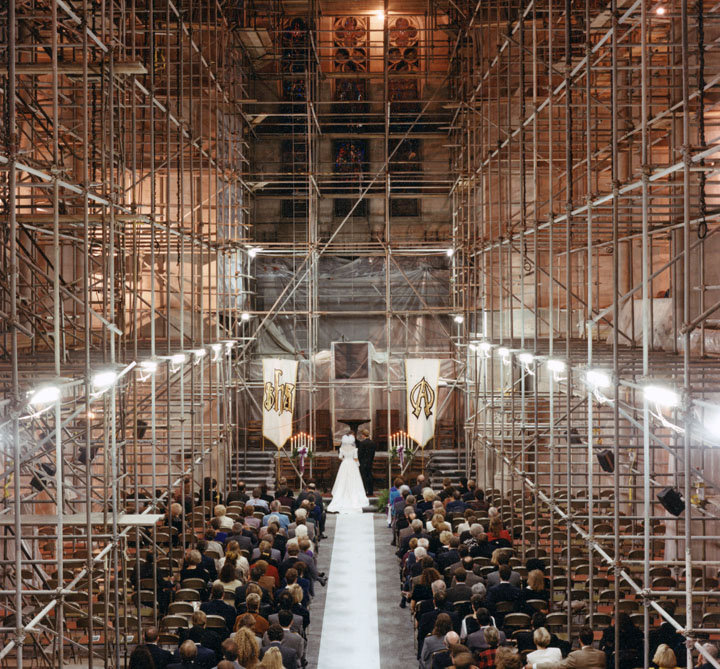
In 1994 Fourth Church undertook a multimillion-dollar renovation and construction project, an ambitious reworking of the 1914 portions of the campus. A new fully accessible two-story entrance structure was erected at 126 E. Chestnut (demolished in 2011 to make room for the Gratz Center); what had been Blair Chapel (and, prior to that, Westminster Chapel) was converted to what is now known as Anderson Hall; the Loggia was built on the north side of the Michigan Avenue courtyard to facilitate accessibility from street level up to the Sanctuary; and the interior of the Sanctuary—from stained glass to stonework to angel sculptures to ceiling paintings—was extensively cleaned and restored. For a number of weeks scaffolding filled the worship space, as seen in this view up the center aisle during a wedding that autumn.
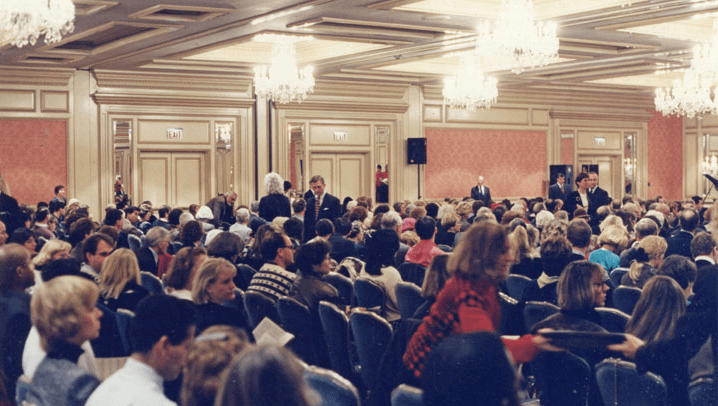
Only once in the past 147 years have Fourth Church Sunday worshipers gathered in person somewhere other than their own Sanctuary: on November 27, 1994, both the 8:30 and the 11:00 a.m. worship services were held at the Four Seasons Hotel across the street because construction work in the Sanctuary precluded having worship at the church. This photo shows the offering being received during worship in the grand ballroom.
• • •
< Back to Part 9 • On to Part 11 >